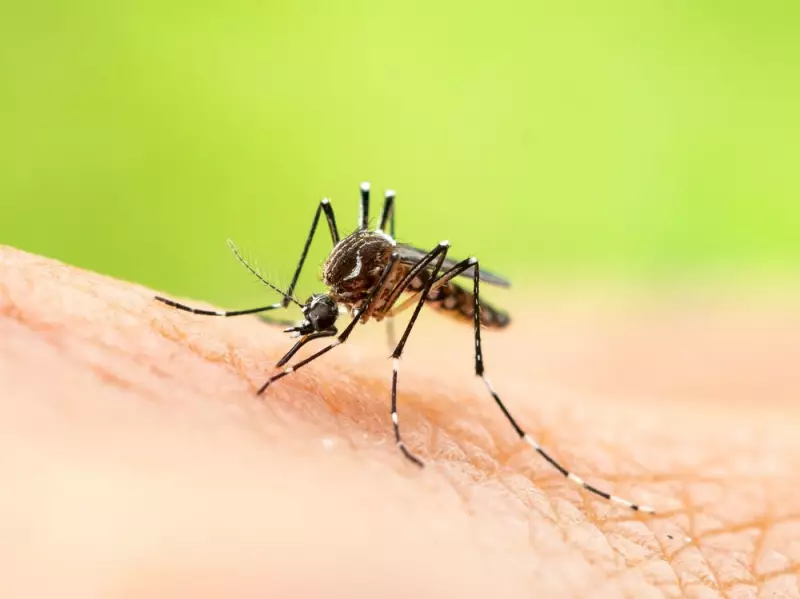
An Unlikely Beginning: From Pest Control to National Security
The origins of Australia's most valuable listed defence company, DroneShield, are more humble than one might imagine. Founded in 2014 by two American defence industry researchers, Brian Hearing and John Franklin, the company's initial concept was far removed from modern warfare. The duo had developed an acoustic system designed to detect and eliminate mosquitoes using lasers, intended for use in bedrooms.
Eleven years later, a strategic pivot from targeting insects to countering unmanned aerial vehicles has proven extraordinarily successful. DroneShield, which now creates anti-drone systems deployed on the front lines in Ukraine, has seen its shares surge more than fourfold since January, making it the best-performing stock on the S&P/ASX 200 index this year.
A Defence Giant Forged in Global Conflict
The company's journey to its current A$2.9 billion (US$1.9 billion) valuation was not immediate. Chief executive Oleg Vornik revealed that DroneShield initially struggled to convince government agencies of the threat posed by small drones, with many dismissing the devices as mere toys. When the company listed in 2016, it raised a modest A$7 million at a A$20 million valuation, with Vornik candidly admitting, "There was no market" for its products at the time.
The turning point came with the escalation of global conflicts. The war in Ukraine and Houthi attacks on commercial vessels in the Red Sea have starkly demonstrated the lethal potential of small, inexpensive drones. This realization has driven a massive increase in demand for DroneShield's technology. The company has been a direct beneficiary of Europe's heightened defence spending, with kits sold to Polish customers being donated to Ukrainian soldiers for use against Russian attacks.
Diversified Technology and Global Reach
While DroneShield is best known for its signal-jamming "drone gun", its product line has expanded significantly. The company now offers a range of solutions including:
- Drone-detecting sensors that can be worn on the body
- Integrated kits for military and civilian systems
- Multi-layered counter-drone technology
DroneShield's customer base is remarkably diverse, serving militaries, airports, prisons seeking to prevent drone-based contraband deliveries, and local law enforcement agencies protecting large public events.
The company has established a formidable global presence, selling its products through BT Group in the UK and securing deals with militaries and domestic security agencies in more than 40 countries, including the United States, Canada, and France. Its main competitors include Denmark's MyDefence and U.S. groups DZYNE Technologies and Anduril.
Explosive Growth and Future Expansion
DroneShield's financial performance has been staggering. The company reported record third-quarter revenue of A$92.9 million last month, a dramatic increase from the A$7.8 million reported during the same period a year earlier. It also announced operating cash flow of A$20 million.
The geographical distribution of its revenue has also shifted markedly. While the company derived 70 percent of its revenue from the US as recently as last year, it now generates most of its sales in Europe. Growth in Asia has also been rapid, which Vornik attributes to countries "starting to see incursions of Chinese drones on military facilities and critical infrastructure."
To meet this surging global demand, DroneShield is expanding its manufacturing capacity in Sydney and plans to sign up partners next year to begin production in both Europe and the United States.
Jon Scholtz, deputy head of research at investment group Argonaut, notes that the stock trades at an "incredible multiple" compared with more established rivals, driven by the powerful "tailwinds" of increased global defence spending. This remarkable ascent from a mosquito-zapping concept to defence industry leader demonstrates how niche technological innovation, when applied to emerging global security threats, can create extraordinary value.





